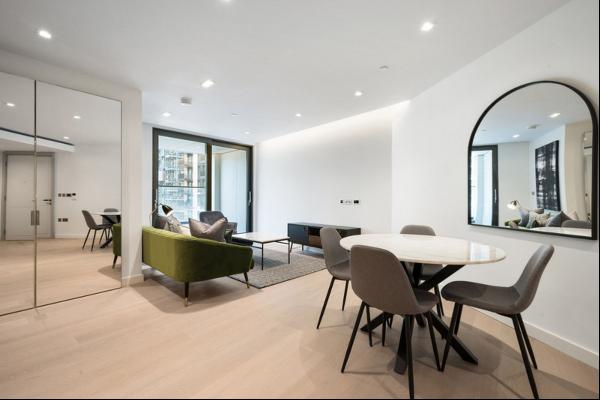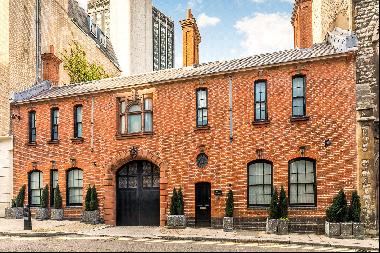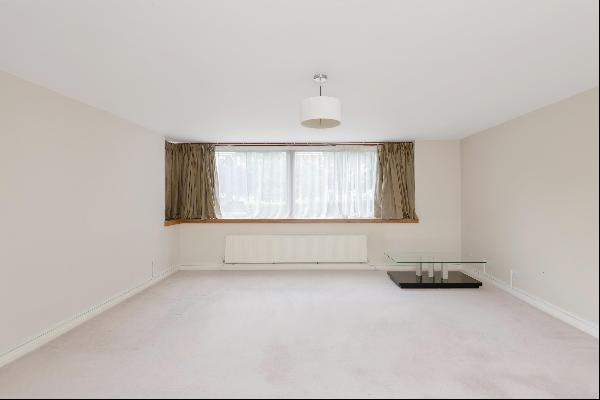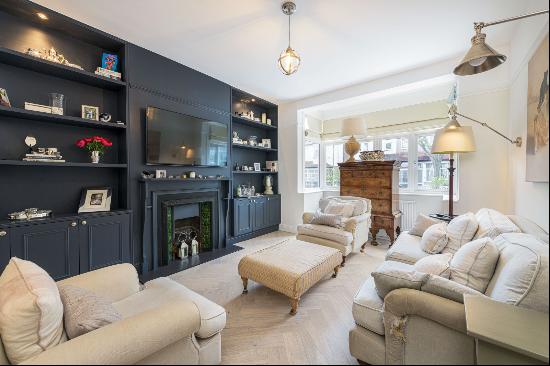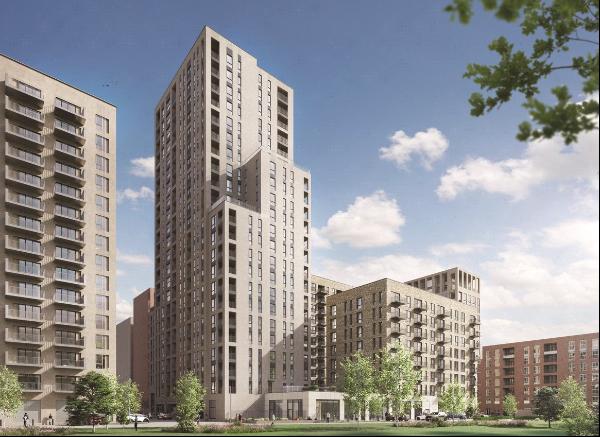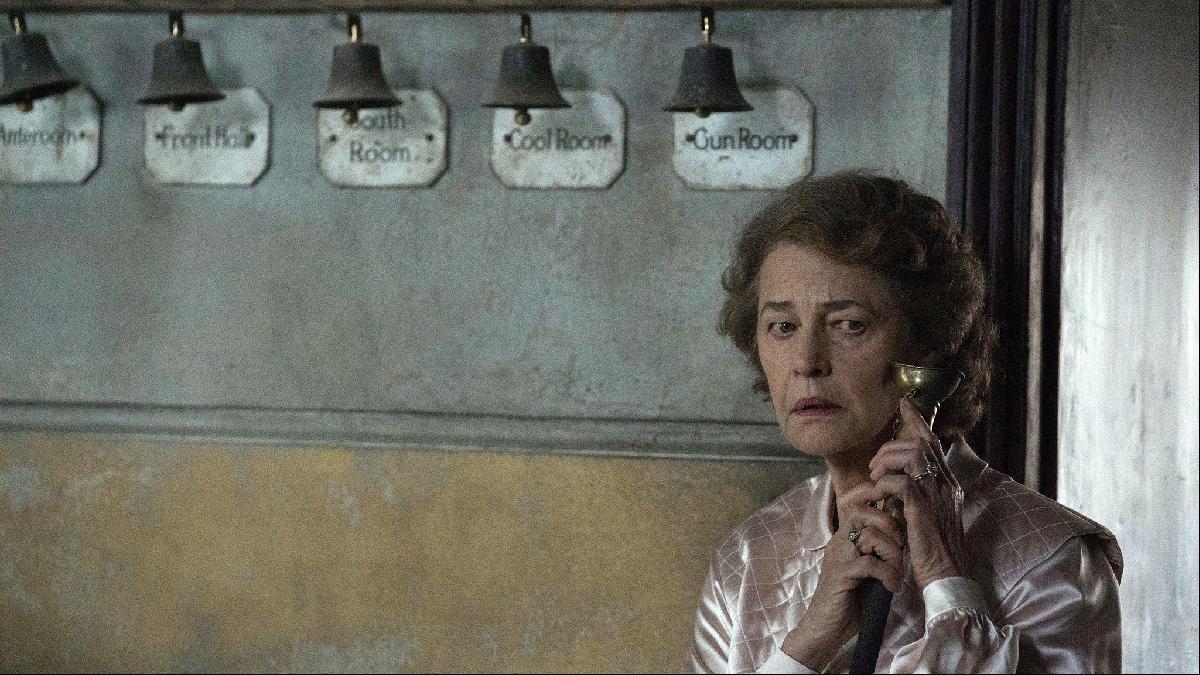
By Catherine Taylor
A grand country house with the weight of history attached, boasting any number of secret passages and panelled rooms, and set in vast grounds in remote countryside — what is not to like? Literature abounds with such properties, from Daphne du Maurier’s Rebecca to Henry James’s The Turn of the Screw.
A favourite novel of mine, itself influenced by these predecessors, is The Little Stranger by Sarah Waters, a supernatural story but also a book about the rigidity of the British class system and the trauma wrought by war. It throngs with pleasurable, shivery frights and a malignant envy.
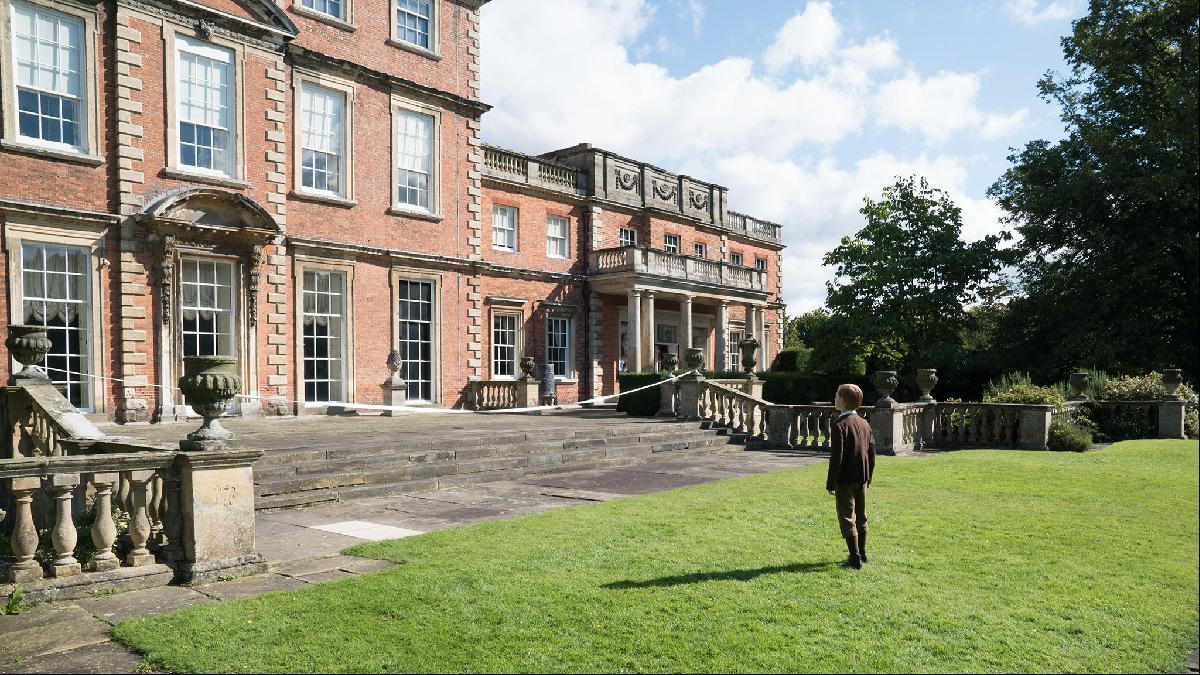
Hundreds Hall, the building at the heart of the book, is a Georgian country house hidden in deepest Warwickshire. The book’s narrator, a local doctor, Faraday, claps eyes on it one hot summer just after the second world war and immediately recalls a previous visit for a fête nearly 30 years before, when he was 10 years old. His memory of the Ayres, the family which owns the house, is “vague” but Hundreds itself he recollects “most vividly . . . its lovely ageing details: the worn red brick, the cockled window glass, the weathered sandstone edgings. They made it look blurred and lightly uncertain — like an ice, I thought, just beginning to melt in the sun”.
The floors are perfectly polished, the “dustless white walls” have decorative plaster borders. There is a stable block, a kitchen in the basement and “high up on the wall of the vaulted passage was a junction-box of wires and bells” — these bells will play an increasingly sinister role as the narrative unfolds.
A fictional setting for a dark tale is admittedly a rather unusual choice for a fantasy home but I have gothic leanings: I grew up in a tall, dark house, complete with attics and cellars, but, rather frustratingly for my fantasy ambitions, in a city.

My father was a historian and Sundays would often be spent visiting stately homes in nearby Derbyshire: Chatsworth (later, the location for Mr Darcy's home, Pemberley, in the 2005 film of Pride and Prejudice); Hardwick Hall, built by the important Elizabethan figure Bess of Hardwick; and Haddon Hall, which dates from the Middle Ages. All of these places, centuries-old, ignited my imagination — particularly what we, the public, were not permitted to see. The sense of history that might be glimpsed by unlatching a forbidden door, or through misted glass, continues to exert a hold over me much as does Faraday's emotional yearning, rooted in childhood, for possession of Hundreds Hall.
Of course, if I lived in this kind of house the grandeur would be less faded and the kitchen modernised. I would fill the place with family and friends all year long. A large log fire of sweet apple wood would burn in the panelled hall in winter; cocktails on the terrace would last late into summer evenings. Children would be free to run wild through the orchard and paddock, and play hide and seek among the rhododendron bushes. Crucially, unlike The Little Stranger, there would be no ghosts.
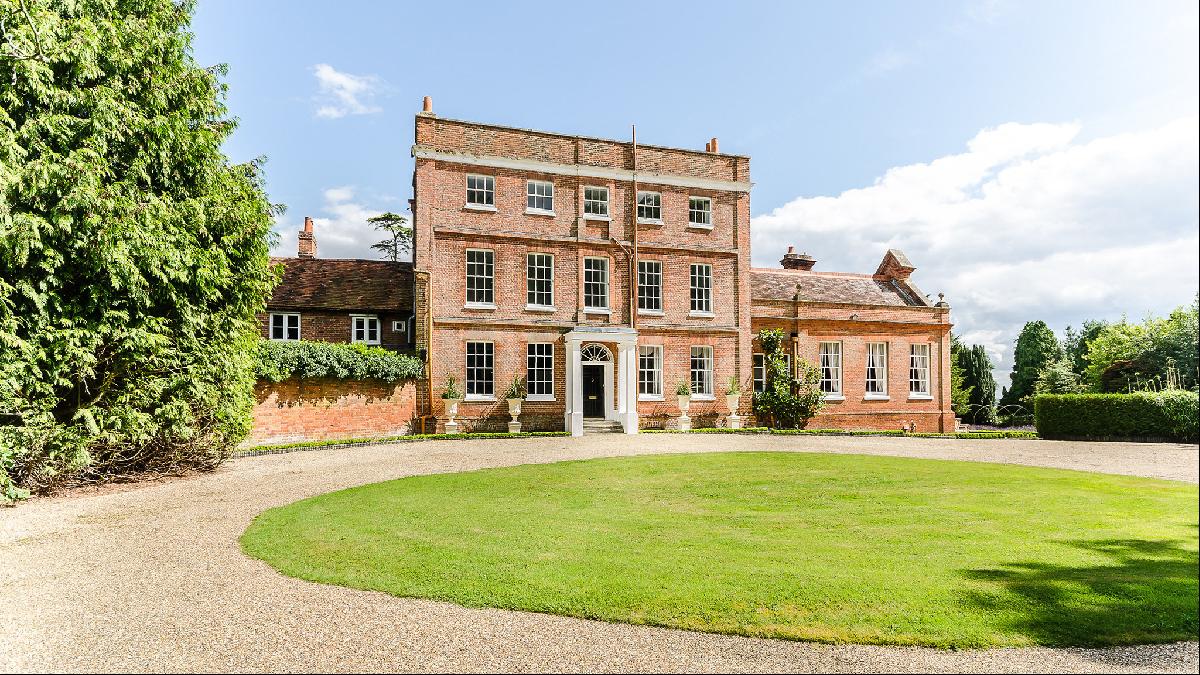
Shortlisted for the 2009 Man Booker Prize, the novel was adapted into a creepy 2018 film starring Ruth Wilson, Charlotte Rampling (main picture, above) and Domhnall Gleeson. The stand-in for Hundreds Hall in the film was Newby Hall, in North Yorkshire. That might not be available to buy but this Grade II*-listed Tudor House in Essex with connections to Catherine Parr would satisfy my desire for total immersion in the peace and tranquillity of country life: the 13-bedroom redbrick property with panelled rooms, on the market for £6.5mn, is surrounded by 46 acres of moated gardens and paddocks.
Alternatively, I would happily move into this Grade II-listed, Georgian eight-bedroom house set within three acres in Berkshire, priced at £3.5mn. Provided someone else mows the lawns.
Photography: Alamy; Savills










